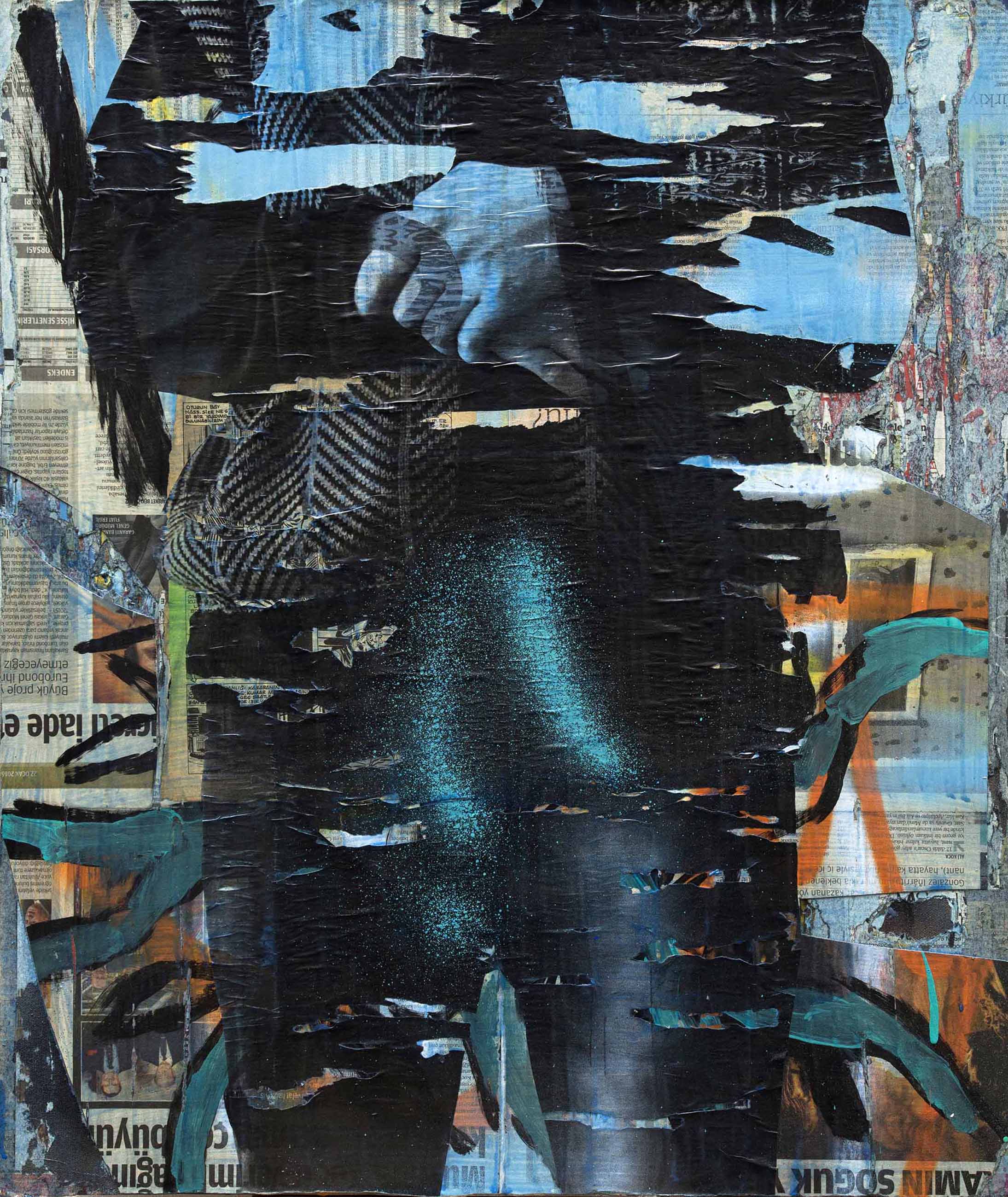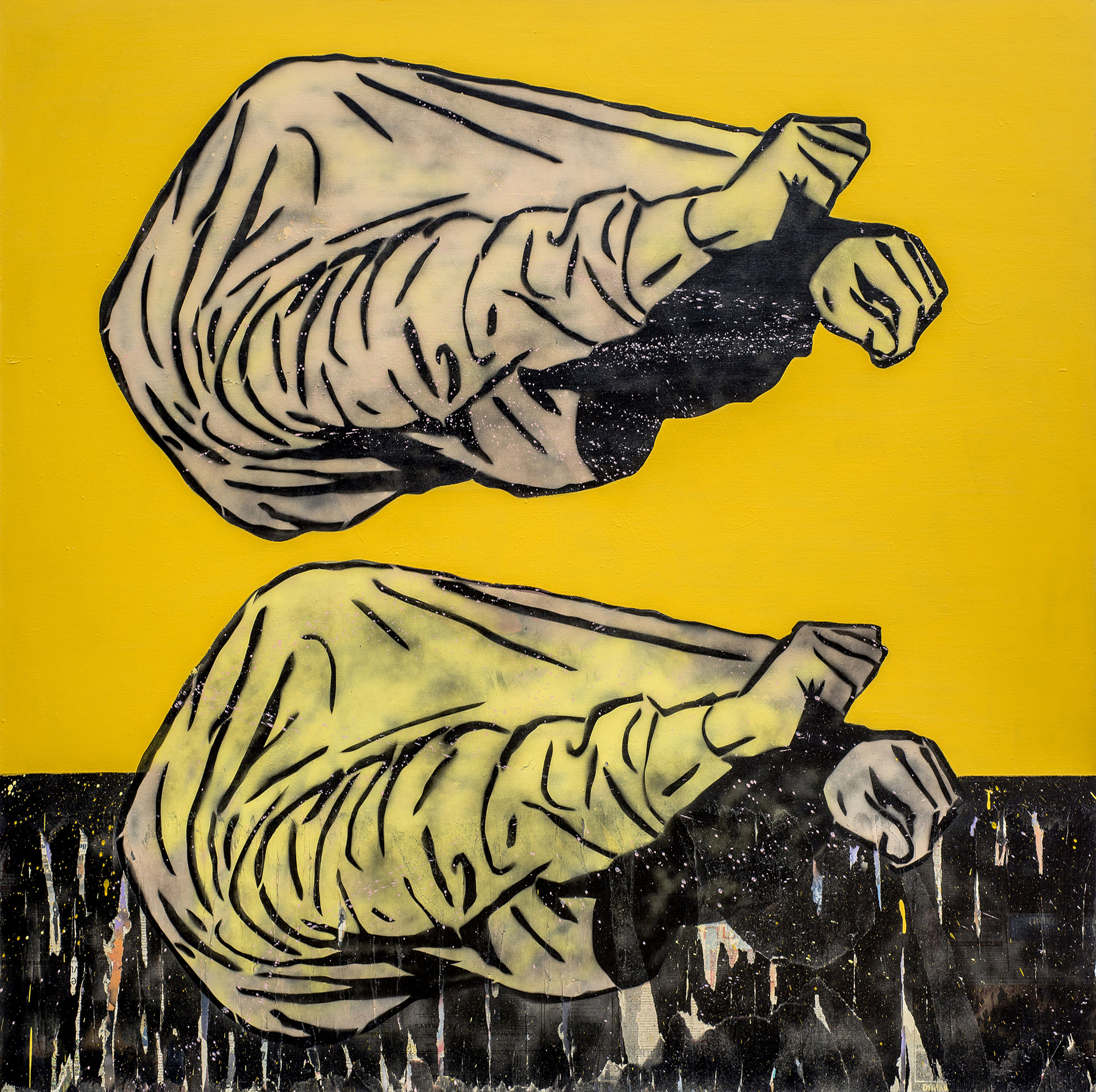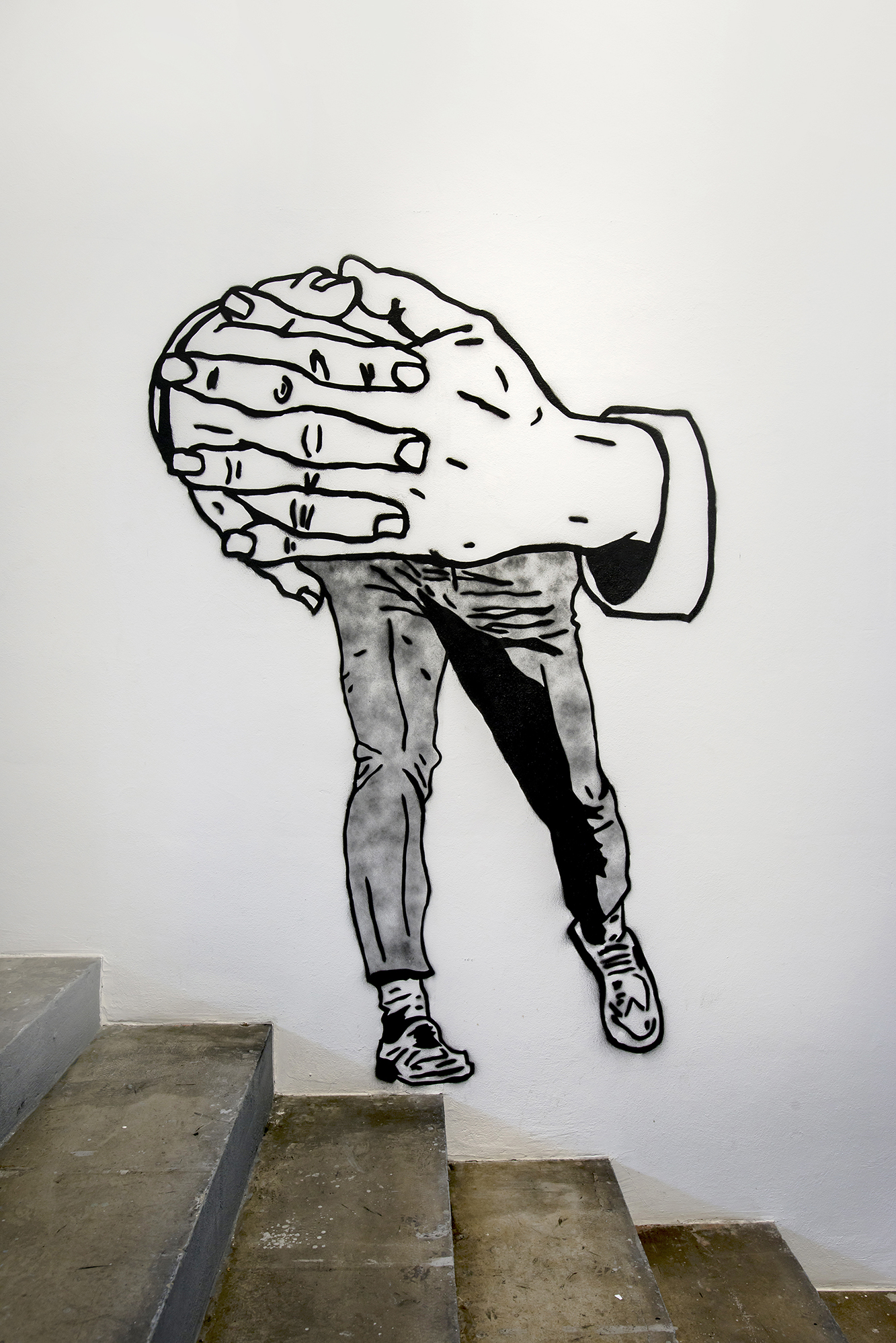Lowercase with...Olcay Kus
Olcay Kus is an emerging artist making a name for himself in Istanbul and abroad. His work has been featured in Art On Gallery in Istanbul, Cetin Emec Gallery, Izmir among others. We’re very happy to be able to interview him.
What was your first introduction to art? What made you decide to become an artist?
I came across my brother’s comic books when I was 13 or 14 years old, and over time realized that it was the drawings that caught my attention more than the articles and jokes. I began to copy the cartoons, which would become my first time drawing or sketching anything. I don’t remember why, but I used to hide my caricatures at the time, until the day my brother found them and showed my parents. I subsequently enrolled in a fine arts high school, which changed my life. I have been fully committed to making art ever since and being able to continue to do so has been a goal.
What’s the use of art for people? What do you try to achieve with your art?
The purpose of art was different from era to era, and the one thing that seems to be steady throughout time is the people’s joy from a piece of art, and their anticipation of it. And while money has always played a role in the art business, the financial side and monetary ambition is increasing progressively, which can become overpowering. I think the quality art suffers when an artist just caters to the art market, and if the main goal is to sell, nobody wants to take risks anymore and the work becomes generic.
Painting has always been my main area of work. I first focused on finding my style of painting, thinking that if I don’t have a language, how can I describe a problem? I have liked to include some social and political commentary into my work, focusing on the effect the world affairs have on everyday people. And even though art might not be able to solve a problem, I find it important to identify the issue and illustrate a solution. I guess unsettling times will never cease to provide new material for artists.
Who are your influences?
While there are a number of artists who had an effect on me, my main inspiration came from German expressionists. I am always open for new impressions and influences, and these are constantly changing depending on the phase I’m in. Recently that has been a lot of walls and street art, which is influenced by the city I live in; Istanbul.
How does Istanbul and its people influence you?
I came to Istanbul in 2010 after relocating from Izmir, on the Aegean Seaside. That move had an immediate impact on my work, which changed instantly. Izmir is a quiet city compared to Istanbul, and the first thing that really impressed me in Istanbul was its variety and mobility. The reflection of this movement on the walls in the streets - with billboards, graffities and posters, over time all layered on top of one another, and the textures eventually created by this layering - had a great visual impact on me. In the beginning here, I basically just watched the walls, and the first canvas I painted in Istanbul is still hanging on my living room wall.
There is a chaos and intensity in that painting that reminds me of how the city is still affecting me. Nowadays it’s also the recent political tensions in Turkey that are having an influence on my work.
Your 2015 exhibit is entitled Masterless Tranquility but the subject seems to be violence for the protection of property. That’s an interesting contrast, how do you explain that?
I like to play with irony in my paintings, and to draw people’s interest with visual and conceptual contrasts. “Masterless Tranquility” was an exhibition I made in 2015, after the Gezi protests challenged the current government’s increasingly conservative direction. We all experienced political violence here. These events at the time had a real impact on my work, the violence and pain clearly comes through in the paintings in that show. The exhibition was my way of resistance, and going into opposition in the name of art. In my pieces, one can always find a peacefulness, but nobody is able to catch it. Nobody can quite reach the happiness. It’s rather an uneasiness; there’s an air of tension and anger that is pervasive in these works of “Masterless Tranquility”. I can only make art that feels true and honest to me, so it will always reference my feelings and what is happing around me. Otherwise it would kind of feel like a lie.
It features portraits of people with a twist (no face or slightly deconstructed), what was the significance of that?
Identity is one of the major elements separating us from each other. I forgo heads or faces in some paintings, especially when I include body language, to shine the light extra bright on that. Emotions and feelings are globally universal, and despite our varying identities - them differing in nationality, gender, looks, sexual orientation and more - we are all experiencing the same emotions.
Your work seems to have a very ‘street’ feel. Some of it looks like it could be found on the side of a building almost engages the viewer in the same way. It’s one of the reasons I like your stuff. What do you think of street art?
Gradually and organically developed wall textures are more interesting to me than an intentional painting or graffiti on a street wall. There is a spontaneity to these randomly collected images. And a street wall can serve as a great protest area, which some street artists are using so well. Actually not only street artists, everyone can express themselves there. I am not a street artist and have never had the ambition to be one, but now the streets and walls have become the main influence on my work. I am trying to create my own walls on the surfaces of my paintings.
What are you working on next and when should we expect it?
I’m in my studio working on new things all the time, unrelated to if I have a concrete exhibition coming up or not. My most recent exhibition “Going Uphill” took place this February 2017, so it will take me some more time to prepare my next solo exhibition. I work with the ArtON gallery in Istanbul and my work is showcased in their booth at the Contemporary Istanbul Art Fair every year. Currently in the works is an artist book as well as a few projects in Europe that are still too vague to give a definite date for.
Olcay Kus can be found at www.olcaykus.com
Photos taken by Kayhan Kaygusuz




